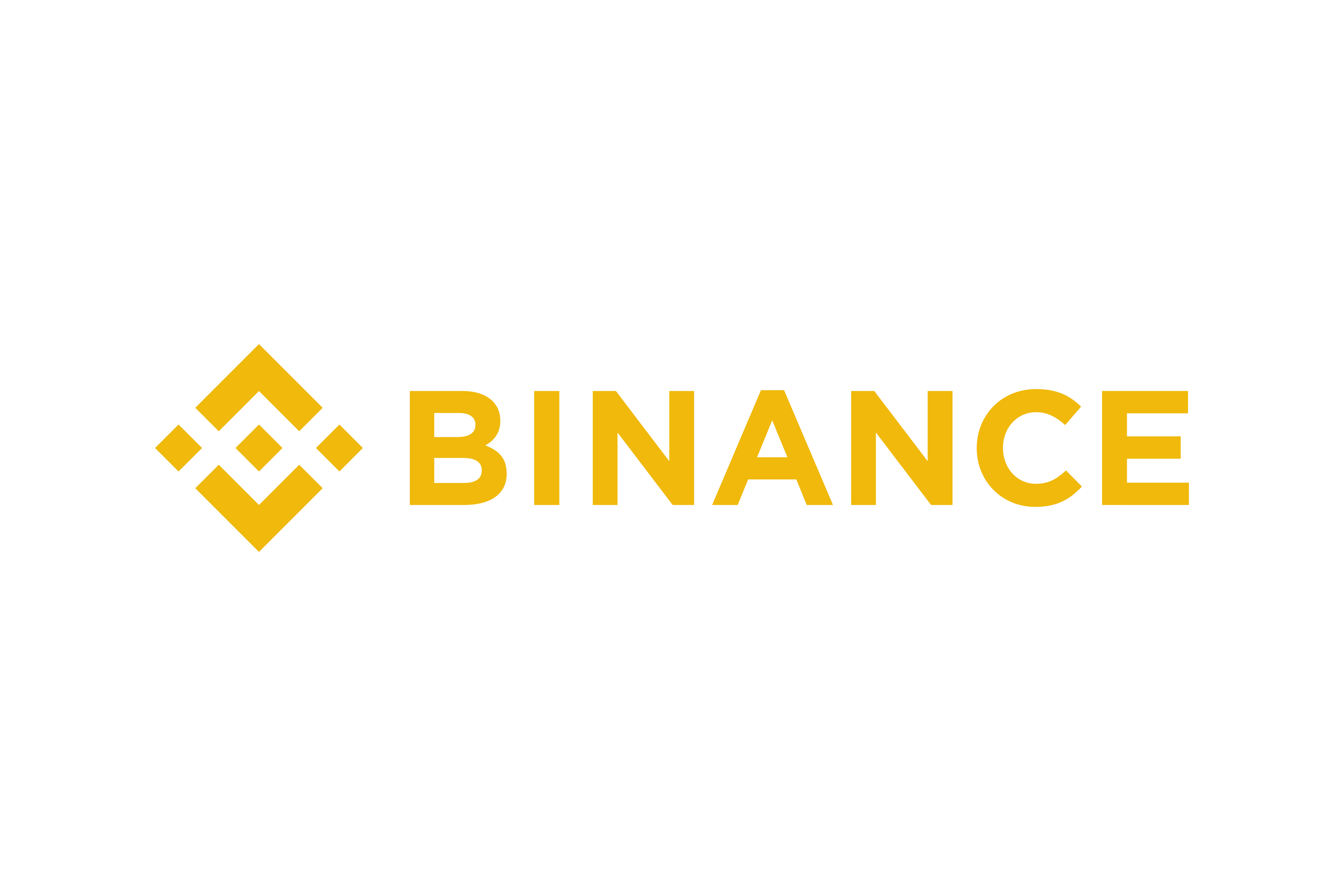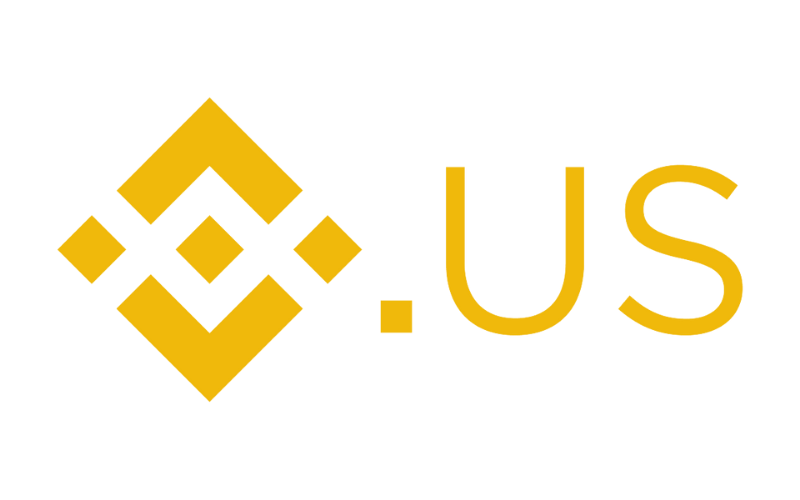Before we take a deep dive into Binance vs. Coinbase and how these two popular cryptocurrency exchanges stack up, it's important to know that Binance has a separate platform for U.S. investors called Binance.US. This has a slimmer selection of coins and less functionality than the main exchange.
The basic Coinbase platform is designed with new investors in mind, but charges higher trading fees than Coinbase's Advanced Trade platform, aimed at more experienced investors. As we compare fees, security, available cryptos, and other factors, we'll also point out any noteworthy differences within each crypto exchange.
Binance vs. Coinbase: At a glance
Binance vs. Coinbase: Fees
Crypto exchange fees can add up, especially when you factor in the amount it costs to deposit and withdraw your funds. Binance and Binance.US come out ahead of Coinbase in terms of fees.
Binance and Binance.US
It's free to transfer most fiat currencies (such as U.S. dollars) from your bank account to both Binance and Binance.US. However, if you want to use a debit card, you'll pay a 4.5% fee on Binance.US and 1.8% on the main exchange.
The basic maker-taker trading fee on Binance is 0.1%, which compares well with most other crypto exchanges. Trading fees are similar for both U.S. and international customers. All Binance customers can get a 25% discount if they pay fees in Binance Coin (BNB), and high-volume traders can also qualify for lower fees. Binance.US customers pay a 0.5% fee to use its basic "Buy Crypto" function, which is similar to Coinbase's swap function. Binance.US also offers a 0% trading fee on certain pairs, but charges a higher maker-taker fee for certain cryptos.
To buy $1,000 worth of Bitcoin (BTC) on Binance.US using a debit card, you'd pay a $45 card fee. However, it makes more sense to deposit money via a bank transfer, which is free. Since Binance.US does not charge fees on BTC/USD trades, you could buy Bitcoin without paying any bank fees.
READ MORE: Binance Review
Coinbase and Coinbase Advanced Trade
Not only can fees on Coinbase be high, but the platform is also not very transparent about these charges. It costs 3.99% to buy crypto using a debit card, which is less than on Binance.US. However, the trading fees are higher, which is arguably more important since both platforms offer free ways to deposit money via bank transfer.
If you want to buy cryptocurrency regularly, it's a good idea to learn how to use Advanced Trade. This is because the fees are significantly cheaper than on the regular Coinbase platform. One difficulty with Coinbase is that fees are calculated when you place the order, and some are included as a spread, so it can be difficult to know how much you'll pay. For example, I tried to swap $50 worth of Cardano (ADA) into Bitcoin (BTC) on the regular platform. There was no fee given, but I would only receive $49 of BTC -- that's a hidden cost of 2%.
In contrast, on Advanced Trade you'd pay set maker-taker trading fees that get reduced if you reach higher trading volume. The basic fee is a 0.6% taker fee or a 0.4% maker fee for those who trade less than $10,000 a month.
READ MORE: Coinbase Review
Binance vs. Coinbase: Cryptos available
If you're only planning to buy a couple of well-known coins, such as Bitcoin or Ethereum (ETH), you won't need to look for a crypto platform with a long list of available tokens. However, if you plan to branch out and buy some of the smaller tokens, there's nothing more frustrating than finding your exchange doesn't sell the coin you want.
Luckily, both Binance.US and Coinbase have a decent selection of coins. There's occasionally some variation between Coinbase and Advanced Trade, but not enough to differentiate between the two platforms. The main Binance platform blows them all out of the water, but that doesn't help much if you live in the U.S.
Here's how many cryptos you can buy on each exchange:
| Exchange | Number of cryptos |
|---|---|
| Binance | Over 500 |
| Binance.US | Over 100 |
| Coinbase | Over 200 |
Binance vs. Coinbase: Wallets
Coinbase and Binance both have their own stand alone crypto wallet apps. These are both hot crypto wallets, which means they are connected to the internet. Moving your assets out of a custodial wallet (one on an exchange that you don't totally control) and into an external wallet has several advantages.
Most importantly, your tokens aren't at risk if the exchange gets hacked or goes bankrupt. And because you control the keys to your crypto, you can connect your wallet to various platforms and start to use your assets in different ways. However, it also means you take on more responsibility. For example, if you lose the password to your wallet, you could lose access to your funds altogether.
Like the main Coinbase exchange, the Coinbase Wallet is extremely intuitive and easy to use. And -- a bit like the Binance exchange -- the Binance Trust Wallet is less straightforward, but the transaction fees are lower. That's partly because it works with more tokens and supports the Binance Smart Chain. The Binance Smart Chain is Binance's own Ethereum-like smart contract cryptocurrency ecosystem where people can build applications and new tokens.
Binance vs. Coinbase: Security
In terms of security, Coinbase and Binance check a lot of the boxes I look for on crypto exchanges. Both keep assets offline in cold storage and have some form of extra protection in case of hacks. Coinbase has a third-party insurance with Lloyds, and Binance has what it calls a "Secure Asset Fund for Users," which was valued at over $1 billion at the start of 2022. Both platforms also have good user-level security measures and plenty of information about how to protect yourself.
There's also another risk to bear in mind: regulatory scrutiny.
Binance is working hard to get regulators back on its side after it had a number of issues with different authorities around the world. It has a reputation as an exchange that sometimes acts before asking for permission. This has helped it innovate rapidly, and means it offers a wide range of features you may not find on other platforms. But it's also caused some regulatory headaches.
On the other hand, Coinbase has mostly succeeded in staying on the right side of regulatory attention. It withdrew plans to launch a lend/earn product earlier this year because of SEC pressure, even though several of its competitors -- including Binance -- have similar offers.
Final take
If you're trying to evaluate Binance vs. Coinbase, it really comes down to the type of cryptocurrency investor you are and where you live. Coinbase is very accessible, especially for new investors, and is a solid option for anyone who wants to dip their toes into the crypto waters.
Coinbase is available in every U.S. state apart from Hawaii, whereas Binance.US is not available in Hawaii, New York, Texas, and Vermont.
The Binance platform has more functionality and lower fees, but there's more effort involved in coming to grips with how it works. Binance is more than just a crypto trading platform; it's a whole ecosystem where crypto developers can build new projects. Moreover, its launchpad feature allows its customers to invest in those projects from very early on.
If you don't think Coinbase or Binance is the right cryptocurrency exchange for you, check out our list of top cryptocurrency apps, exchanges, and brokers for more options.
There are hundreds of platforms around the world that are waiting to give you access to thousands of cryptocurrencies. And to find the one that's right for you, you'll need to decide the features that matter most to you.
To help you get started, our independent experts have sifted through the options to bring you some of our best cryptocurrency exchanges for 2022. Check out the list and get started on your crypto journey, today.
Our Cryptocurrency Expert
We're firm believers in the Golden Rule, which is why editorial opinions are ours alone and have not been previously reviewed, approved, or endorsed by included advertisers. The Ascent does not cover all offers on the market. Editorial content from The Ascent is separate from The Motley Fool editorial content and is created by a different analyst team.


